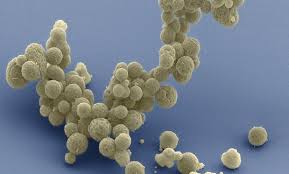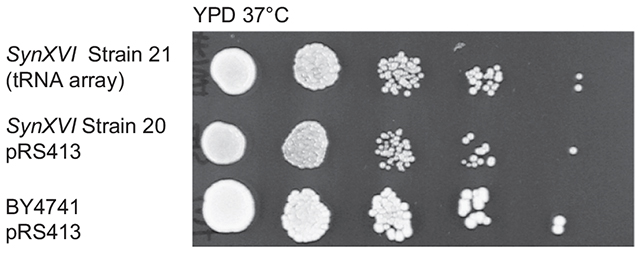
Breaking News
 Still No Justice for COVID Nursing Home Deaths
Still No Justice for COVID Nursing Home Deaths
 How To Make A FREE Drip Irrigation System With An Old 5 Gallon Bucket
How To Make A FREE Drip Irrigation System With An Old 5 Gallon Bucket
 Homemade LMNT Electrolyte Drink | ACTUALLY Hydrate Yourself!
Homemade LMNT Electrolyte Drink | ACTUALLY Hydrate Yourself!
Top Tech News
 Cab-less truck glider leaps autonomously between road and rail
Cab-less truck glider leaps autonomously between road and rail
 Can Tesla DOJO Chips Pass Nvidia GPUs?
Can Tesla DOJO Chips Pass Nvidia GPUs?
 Iron-fortified lumber could be a greener alternative to steel beams
Iron-fortified lumber could be a greener alternative to steel beams
 One man, 856 venom hits, and the path to a universal snakebite cure
One man, 856 venom hits, and the path to a universal snakebite cure
 Dr. McCullough reveals cancer-fighting drug Big Pharma hopes you never hear about…
Dr. McCullough reveals cancer-fighting drug Big Pharma hopes you never hear about…
 EXCLUSIVE: Raytheon Whistleblower Who Exposed The Neutrino Earthquake Weapon In Antarctica...
EXCLUSIVE: Raytheon Whistleblower Who Exposed The Neutrino Earthquake Weapon In Antarctica...
 Doctors Say Injecting Gold Into Eyeballs Could Restore Lost Vision
Doctors Say Injecting Gold Into Eyeballs Could Restore Lost Vision
 Dark Matter: An 86-lb, 800-hp EV motor by Koenigsegg
Dark Matter: An 86-lb, 800-hp EV motor by Koenigsegg
 Spacetop puts a massive multi-window workspace in front of your eyes
Spacetop puts a massive multi-window workspace in front of your eyes
Scientists Just Achieved a Major Milestone in Creating Synthetic Life

The researchers, led by a team from Macquarie University in Australia, chose yeast as a way to demonstrate the potential for producing foodstuffs that could survive the rigors of a changing climate or widespread disease.
It's the first time a synthetic eukaryotic genome has been constructed in full, following on from successes with simpler bacteria organisms. It's a proof-of-concept for how more complex organisms, like food crops, could be synthesized by scientists.

Scientists manipulated SynXVI to get yeast growing at elevated temperatures. (Goold et al., Nature Communications, 2025)

 DId Congress Kill DOGE?
DId Congress Kill DOGE?
 Node without Consent
Node without Consent

